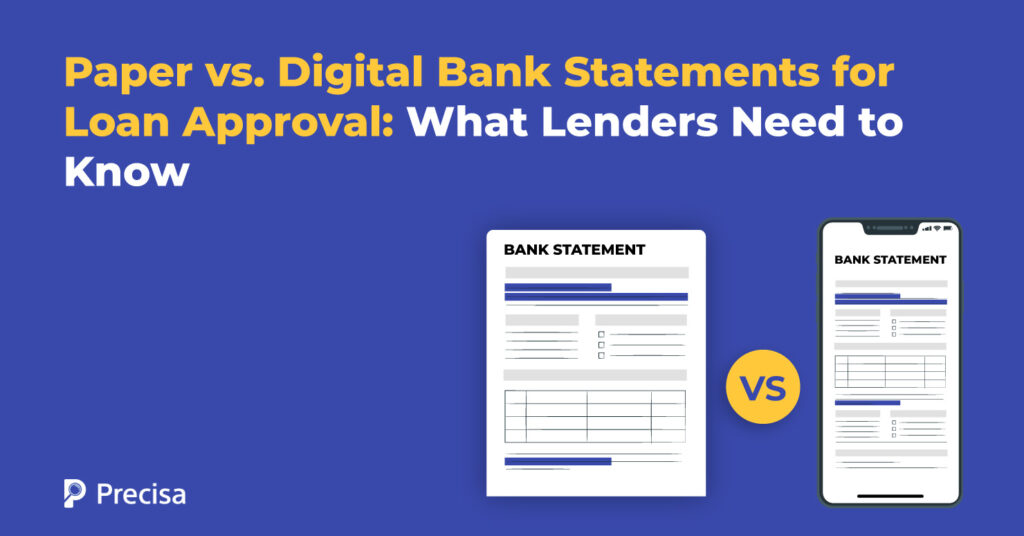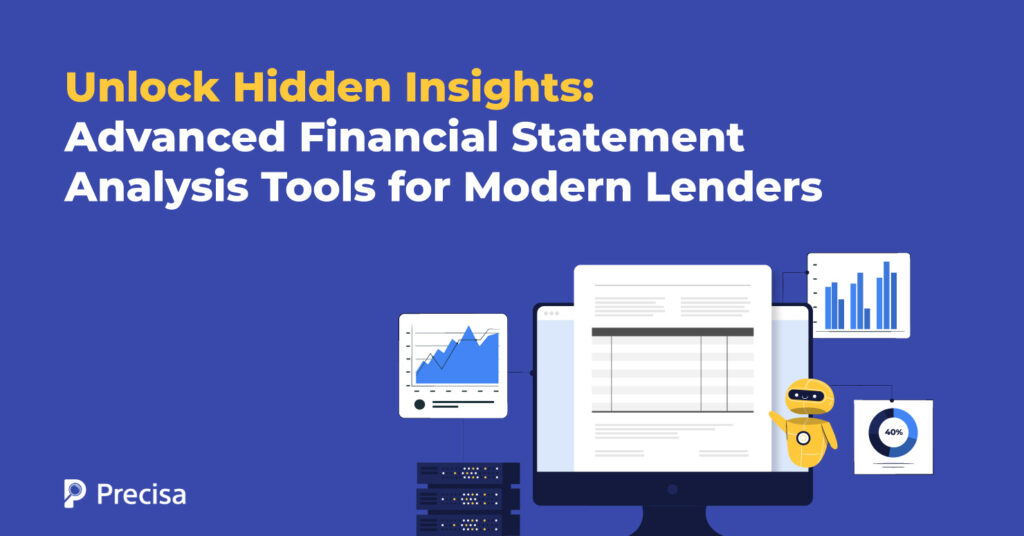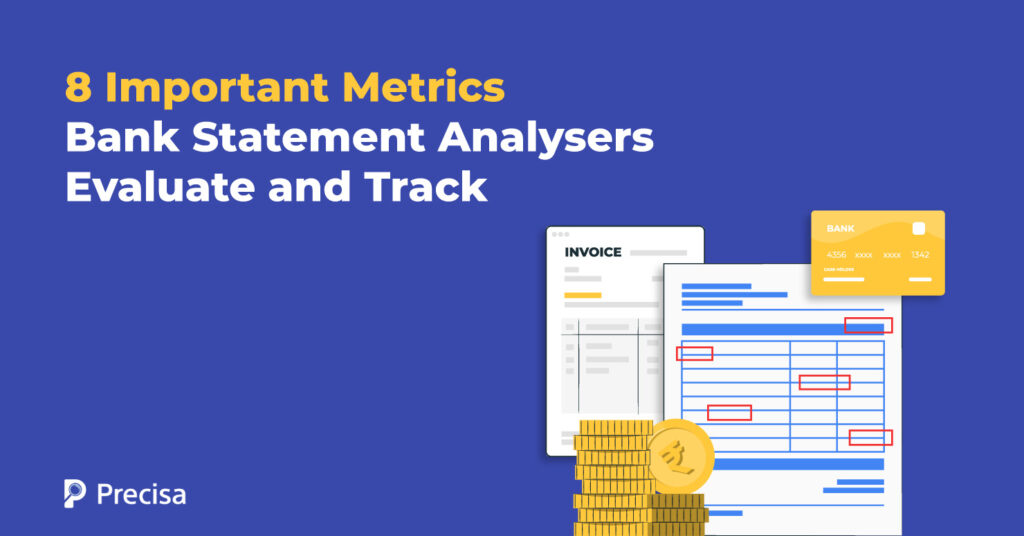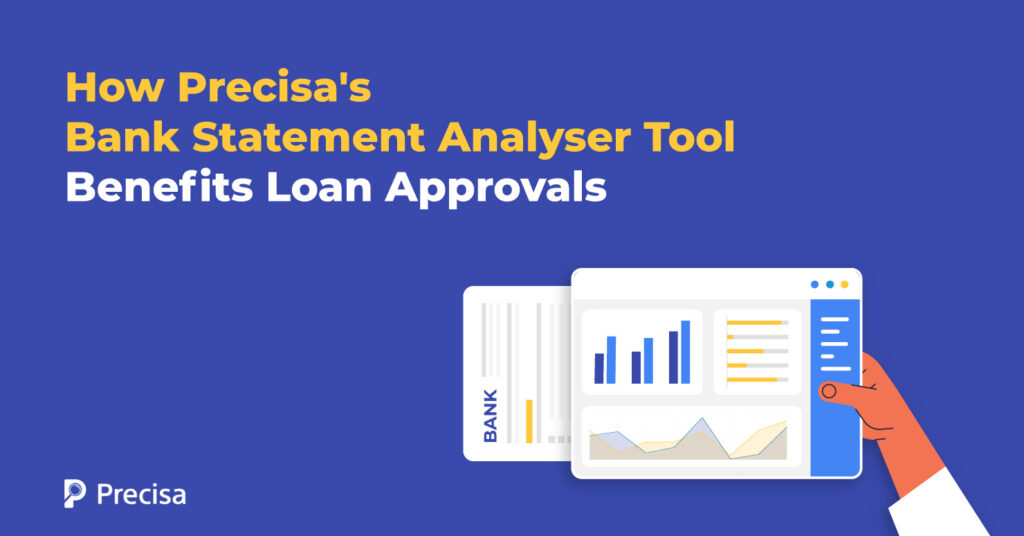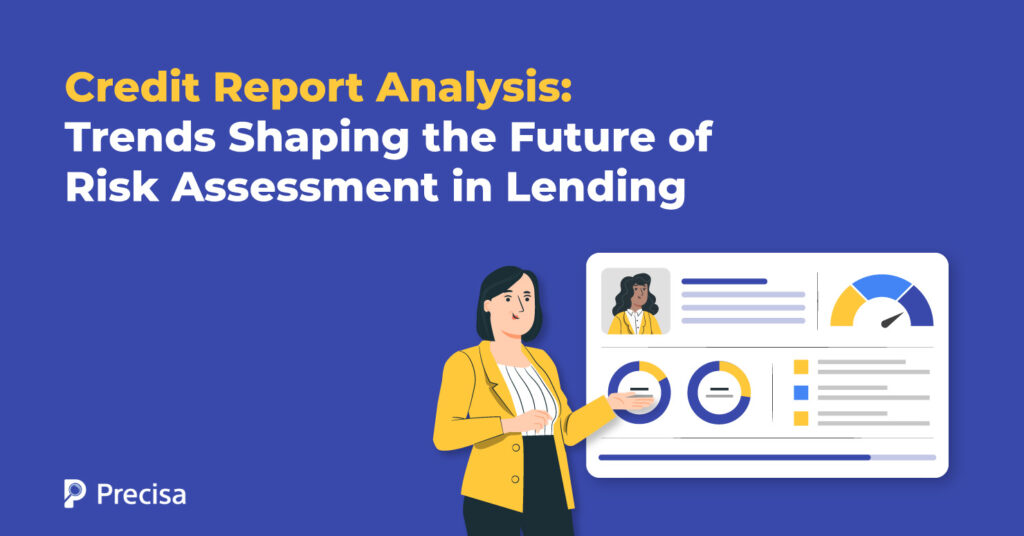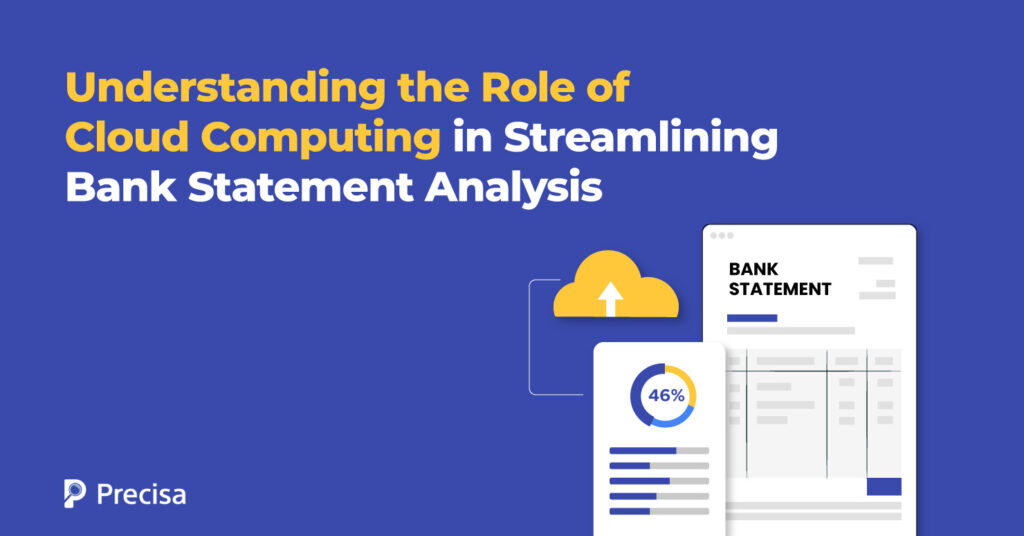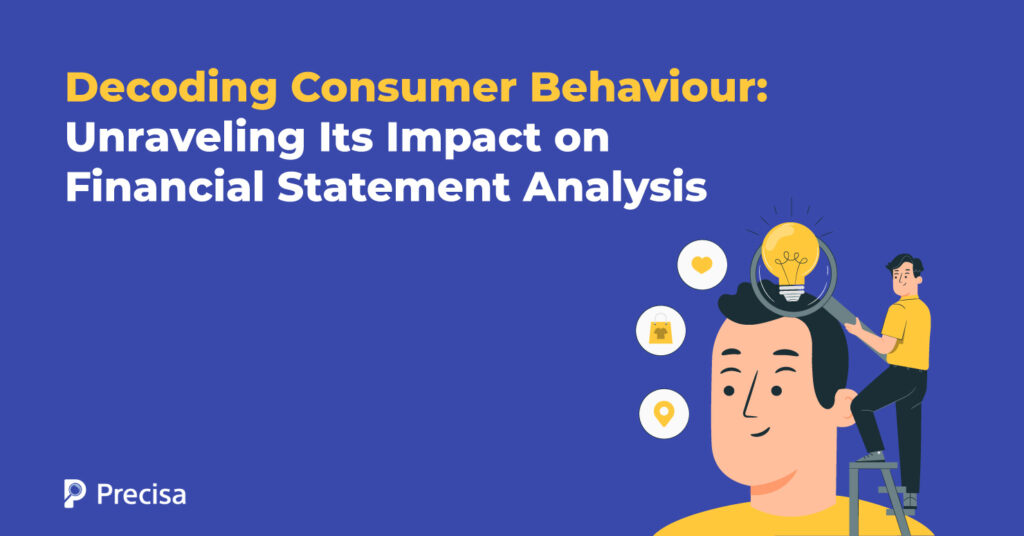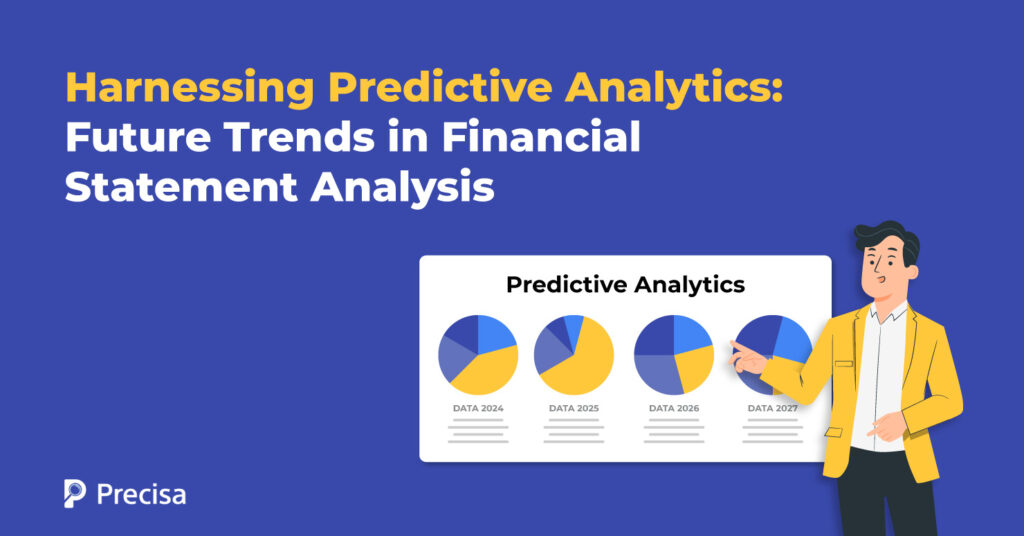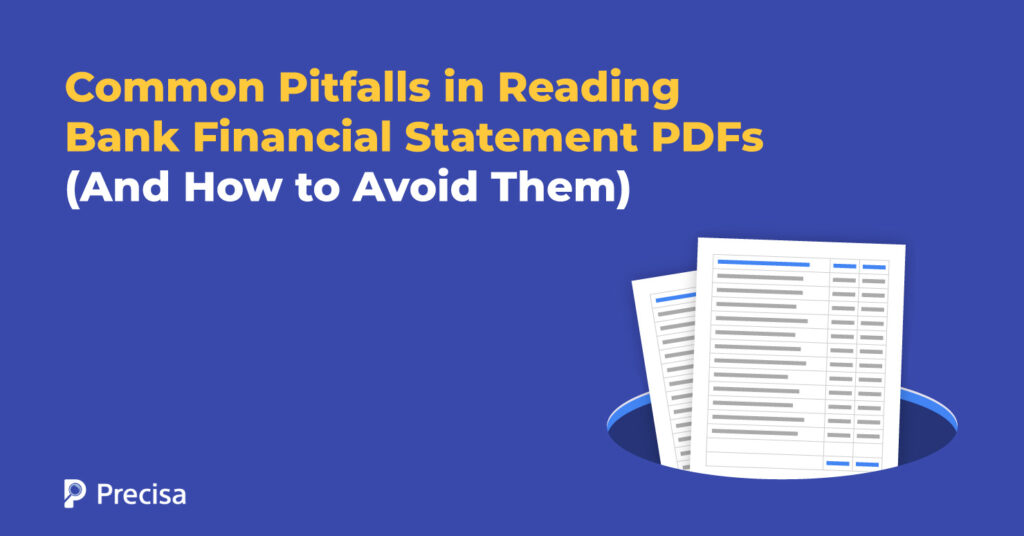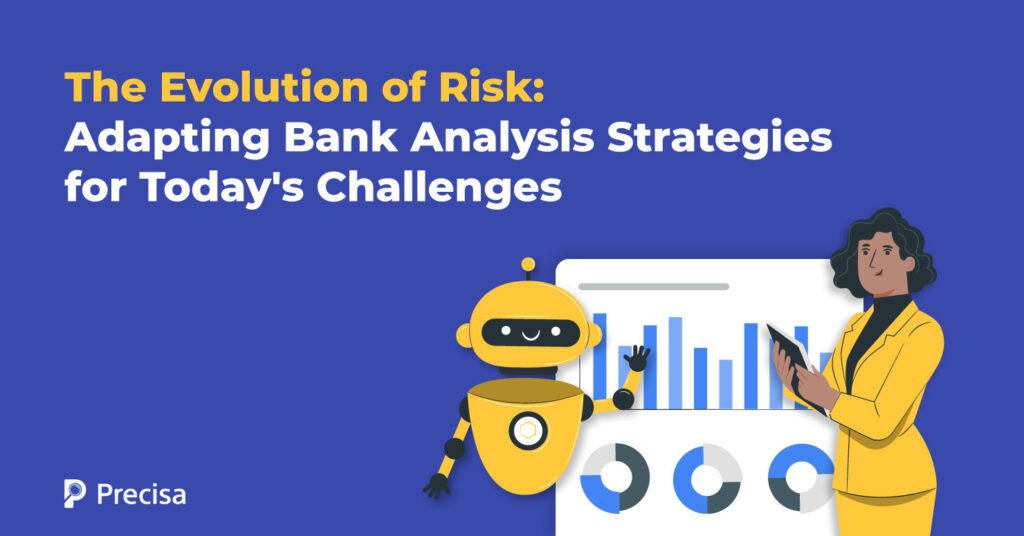Evaluating an applicant’s creditworthiness is essential in the loan approval process. Analysing bank statements for loan approval offers lenders a comprehensive view of the applicant’s credit health. Lenders have traditionally relied on paper statements for credit health assessment. However, as lending institutions continue to digitise and automate their operations, many now offer the option of […]
Unlock Hidden Insights: Advanced Financial Statement Analysis Tools for Modern Lenders
Traditional financial statement analysis methods are increasingly becoming obsolete. They primarily rely on basic tools such as the Profit and Loss Account and Balance Sheet, failing to deliver comprehensive insights into a company’s financial health. Furthermore, the heavy dependence on historical data can lead to outdated conclusions and predictions that do not reflect current market […]
8 Important Metrics Bank Statement Analysers Evaluate and Track
Indian banks have written off a whopping $9.9 trillion worth of loans in the last five years, out of which they could recover about $1.84 trillion. It is also worth noting that around 2,623 wilful defaulters owe around $1.96 trillion to banks in India. These figures reinforce the need for tighter scrutiny of the borrower’s […]
How Precisa’s Bank Statement Analyser Tool Benefits Loan Approvals
India’s digital lending market is on the brink of a revolution, with projections indicating a surge from 1.8% of retail loans in FY22 to an impressive 5% by FY28. This rapid growth is fueled by the increasing demand for convenient, flexible, and swift loan approvals, particularly among younger generations. To capitalise on this trend and […]
Credit Report Analysis: Trends Shaping the Future of Risk Assessment in Lending
Analysing a potential borrower’s creditworthiness comes with multiple challenges. For instance, lenders struggle with limited access to a borrower’s financial data, manual underwriting processes, and inadequate fraud detection techniques. These challenges reduce the accuracy of credit report analysis. On the other hand, borrowers remain at the receiving end of a slow turnaround on loan applications. […]
Understanding the Role of Cloud Computing in Streamlining Bank Statement Analysis
Rapidly growing transaction volume and the ever-increasing threat of data breaches make it imperative for banks to look for innovative solutions to ensure quality service, ease and safety to their customers. In this backdrop, cloud computing is reshaping how banks analyse vast amounts of sensitive data, making operations faster and more secure. This technology enables […]
Decoding Consumer Behaviour: Unraveling Its Impact on Financial Statement Analysis
A customer’s habits play an important role in determining their financial trajectory. For instance, the inability to pay EMIs on time can have an impact on one’s credit score, net worth, assets, and debt. Access to such vital data related to past customer behaviour can help businesses predict future conduct. In particular, adopting technologies like […]
Harnessing Predictive Analytics: Future Trends in Financial Statement Analysis
Financial statement analysis generally assesses a firm’s financial health and performance. The income statement, cash flows, balance sheet, etc., present historical data in a structured form, aiding in informed decision-making. Financial statements are useful in understanding what has happened but are limited in forecasting ability. Now, imagine a proactive tool that can go beyond the […]
Common Pitfalls in Reading Bank Financial Statement PDFs (And How to Avoid Them)
Financial statements offer insights into the health of an individual or a business. Lenders can extract valuable information from bank financial statement PDFs to aid them in their lending decisions. Automation has replaced manual analysis of financial statements for many lending businesses, helping reduce the time and effort required to extract, organise, and interpret data […]
Bank Statement Analysis Strategies for Today’s Challenges
As the lending industry continues to grow, risk assessment and management will emerge as one of the top functions, enabling lenders to build sustainable, profitable businesses. Managing risk effectively can help companies prevent the growth of non-performing assets (NPAs), loan fraud, lending scams, and other negative consequences. Financial technology will play a key role in […]

